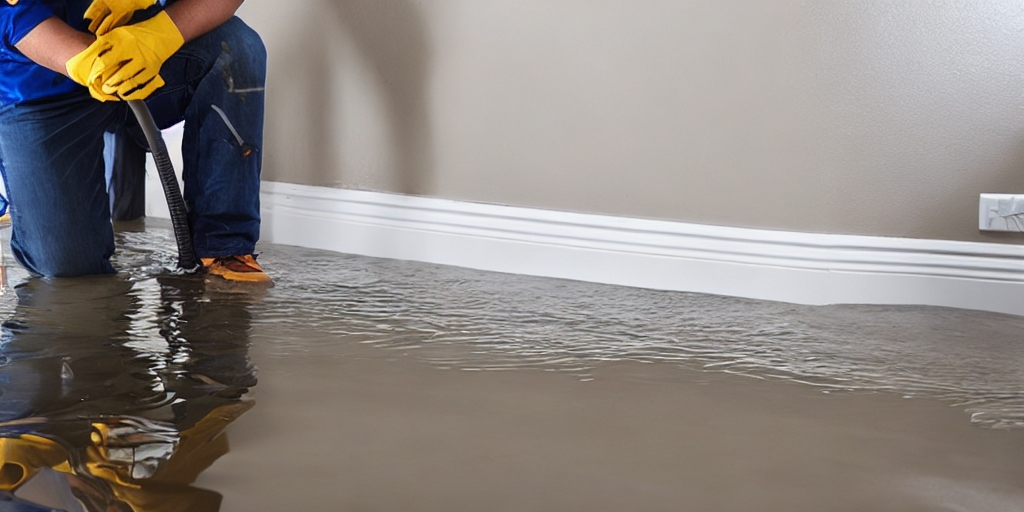Introduction
Water damage is a common and often devastating occurrence for homeowners and business owners alike. Whether it’s due to burst pipes, floods, or leaks, water intrusion can lead to structural damage, mold growth, and health hazards. In such situations, timely and effective water damage restoration repair is crucial to mitigate the damage and restore the affected property.
Understanding Water Damage Restoration Repair
Water damage restoration repair is a comprehensive process aimed at restoring a property to its pre-damaged condition following water intrusion. It involves several steps, including water extraction, drying, cleaning, and repair of damaged areas. The goal is not only to remove excess water but also to address structural issues and prevent further damage.
Also Read: Water Damage Restoration Repair: Restoring Your Property from Water Damage
Difference Between Remediation and Restoration:
It’s essential to understand the difference between water damage remediation and restoration. Remediation focuses on stopping the source of water and preventing further damage, such as mold growth. On the other hand, restoration involves repairing and restoring the property to its original state. Water damage restoration repair encompasses both aspects, ensuring thorough cleanup and structural repairs.
Can Water Damage Be Fixed In-House?
While minor water damage issues like small leaks or spills can sometimes be addressed by homeowners, significant water damage often requires professional intervention. Attempting to tackle extensive water damage on your own may not only be ineffective but also risky. Professional water damage restoration repair experts have the necessary equipment, expertise, and experience to handle the job safely and efficiently.
How to Fix Old Water Damage

- Assess the Damage: Begin by thoroughly assessing the extent of the water damage. Identify affected areas, including walls, floors, ceilings, and structural components.
- Water Extraction: Use specialized equipment such as pumps, wet/dry vacuums, and extractors to remove standing water from the affected area.
- Drying: Implement proper drying techniques using air movers, dehumidifiers, and moisture meters to eliminate moisture and prevent mold growth.
- Cleaning and Sanitizing: Clean and disinfect all surfaces affected by water damage to remove contaminants and inhibit microbial growth.
- Repair and Restoration: Repair structural damage, replace damaged materials, such as drywall and flooring, and restore the affected area to its pre-damaged condition.
Optimizing Your Search:
When searching for water damage restoration repair services, consider using specific keywords such as “water damage restoration repair near me” or “residential water damage restoration repair.” Additionally, compare costs, services offered, and customer reviews of different water damage restoration companies to find the best fit for your needs.
Also Read: Comprehensive Guide to Water Damage Restoration and Repair: Everything You Need to Know
Conclusion
Water damage can have serious consequences for your property and your health. However, with prompt action and professional water damage restoration repair services, you can minimize the damage and restore your home or business to its former glory. Remember to act quickly in the event of water damage and enlist the help of experts to ensure a thorough and successful restoration process.










